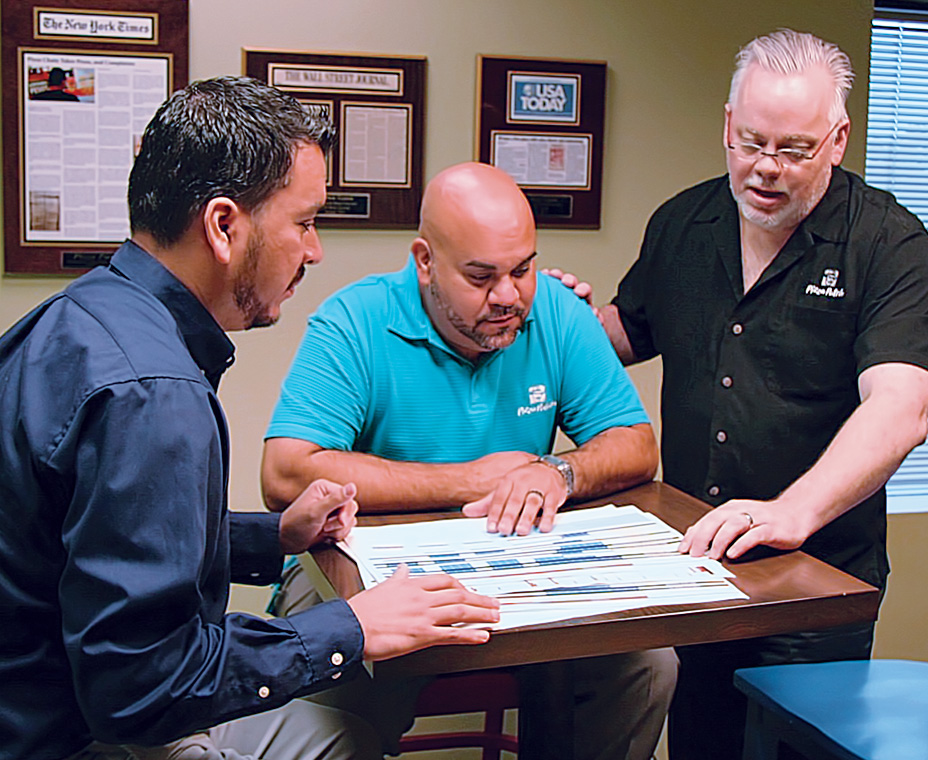Editor’s note: Culver’s CEO Phil Keiser died shortly after this story was written. We are presenting his insights and wisdom intact to honor Keiser’s legacy as a revered quick-service executive.
It’s not uncommon to see headlines about executives at major restaurant brands jumping ship to other companies.
McDonald’s executive David Hoffman recently left the burger chain after 22 years to be Dunkin’ Donuts’ president. Former Starbucks executive Wendy Moats jumped to Pie Five this year, and former Panera Bread exec Irene Cook went to Dig Inn—both after 12 years at their respective companies.
The moves have reminded many company leaders that their valuable executive talent could become attractive to competitors. And many are wondering what can be done to retain indispensable leaders.
John R. Kimberly is a professor of entrepreneurial management in the Wharton School at the University of Pennsylvania. He says it’s not typical for executives to frequently switch companies. “The more common practice is for someone who is potential CEO material but who isn’t quite there yet to be poached from a competitor,” Kimberly says.
Kimberly says it’s best for a company to continue to nurture the talents of its top executives by allowing them to take on greater responsibilities, despite the risk of “poaching.” That practice in turn makes the company’s upper levels appear more attractive to future job candidates. Even something as intangible as providing opportunities for employees to grow their professional network can be a draw for job applicants.
Culver’s late CEO Phil Keiser had been with the company 19 years before being appointed to that position in 2015. For Keiser, his love of his job and what kept him with Culver’s for so long was how much the company and its franchisees were all part of one big Culver’s family—one that he helped grow.
“Today, we’re still basically a collection of mom-and-pop family businesses that are working together under Culver’s flag,” Keiser says. “Along the way, you just get this opportunity to meet all these people who … also become a part of your life, and you become a part of theirs.”
Keiser says Culver’s headquarters in picturesque Prairie du Sac, Wisconsin—not far from the brand’s original store—is the manifestation of the brand’s commitment to being a local, family-focused chain.
In return for his years of service, Keiser says, he gained priceless experiences from having a hand in many of Culver’s managing operations, from developing growth models to building design, and from site selection to franchise contract approval.
“I just kept growing and evolving,” Keiser says.
Kimberly says experiences like Keiser’s are a way of encouraging employees to stick around, especially when there’s opportunity for growth.
“It’s all about alternative opportunity. Some of that may be compensation-related, but compensation is typically only part of the story,” he says. “If your senior executives are thriving, they are adding value in many ways. Why slow them down? Create more opportunities for them to grow their talent. They may leave, but, to put it bluntly, so what? If you have thought carefully about building bench strength, the risk just
isn’t that great.”
Andy Gamm has been with Pizza Patrón since the beginning of the company’s franchise program in 2003. Gamm is now Pizza Patrón’s executive vice president. He loves the company, but isn’t shy to admit that he’s stuck with it through some difficult times. There was a period when the brand suspended its franchising program for two and a half years and closed more than 30 franchise stores to become a leaner operation.
“We were able to navigate those waters and come out on the other side with higher sales and fewer stores than we had historically seen for the company,” Gamm says.
But during this rough patch, Gamm had several reasons to stick with Pizza Patrón.
“I’ve got a tremendous passion for the brand, and that goes a long way,” he says. “It’s very motivating when it’s fun to get up and come to work every day.”
Part of what cemented that belief in the brand was his close relationship with Pizza Patrón founder and CEO Antonio Swad, whom he’s known since 1987. Around that time, Gamm says, he was a simple “graphics guy” at a local sign shop in Dallas that Swad frequented right as he was starting Pizza Patrón.
From the get-go, Swad made Gamm feel like a valued team member. He even took Gamm to Mexico to familiarize him with the cuisine. Another motivating factor? Executives at Pizza Patron are given a bit of equity in the company.
Both Gamm and Keiser say they enjoyed the flexible management structures of their respective companies, which allow executives to have a hand in decisions made throughout the business.
Gamm says Pizza Patrón uses what are called noncompete clauses in its executives’ contractors; these noncompetes restrict an employee from working in the same field after they leave a job for a certain period of time. Conversely, Culver’s does not
use them.
Kimberly says noncompete contracts are intended to prevent unfair exploitation of inside information with a competitor.
“Are they fully enforceable? Probably not, but this engages costly litigation to determine,” Kimberly says. “Is it fair to ask an executive to sign a noncompete contract? Absolutely.”










